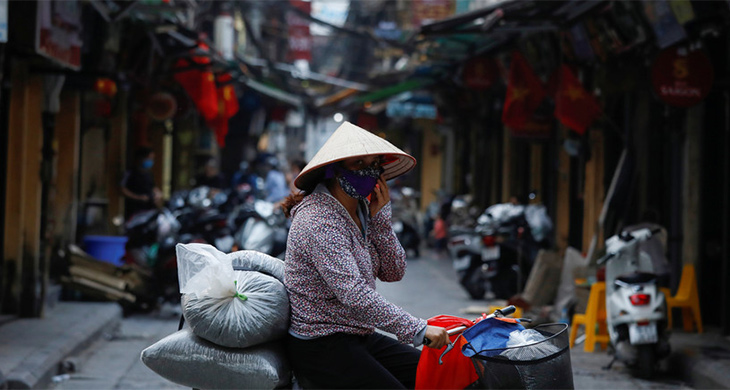While Vietnam may not be a country that’s renowned for its size or economic strength, it has performed incredibly well and showcased immense resilience in the face of the coronavirus pandemic.
Incredibly, this country is one of the few in the world that’s projected to record positive economic growth by the end of 2020, to the tune of 2.8%.
This even included a 1.8% economic hike during the first half of the year, despite the toll taken by the pandemic in Q1 and the way in which the pivotal tourism sector was completely decimated.

Vietnam’s Growth and the Lessons Learned From SARS
Sure, a growth rate of 2.8% is considerably lower than the typical annual rate of between 6% and 7%, while it significantly undercuts the pre-crisis projections made at the end of 2019.
However, it’s still a remarkable performance from a deceptively robust and sound economy, particularly when you consider that developed nations such as the UK (which is expected to record an economic contraction of around 10% this year).
Vietnam is also one of only six nations that have definitively emerged from the so-called “second wave” of coronavirus infections, alongside Australia, South Korea, Japan, Hong Kong and Singapore.
To put this into context, 120 countries are so far thought to have entered such a second wave, including developed economies such as the US, Italy and the aforementioned UK.
To achieve this, Vietnam was able to heed the lessons that it had earned in defeating the SARS outbreak at the turn of the century.
According to the WHO, Vietnam was one of the first nations to largely eradicate SARS cases in 2003, with the nation having capitalised on an admittedly small window of opportunity to tackle the virus by immediately ceasing all flights from China and Hong Kong within 24 hours of the first cases being confirmed.
This experience has undoubtedly stood Vietnam in good stead, and this is something that others can learn from in the near and medium-term.
Can Vietnam Inspire Others to Follow Suit?
Of course, Vietnam was similarly quick to close borders this time around, even accounting for the fact that this would decimate their lucrative tourism sector.
They also moved quickly to drive domestic tourism as a way of plugging this sudden economic void, with this strategy built on increased infrastructure spending and staff incentives.
Interestingly, this also negated the need for the government to roll out widespread quantitative easing measures, which according to brokers such as Tickmill has enabled the Vietnamese dong to thrive against a raft of currencies.
Thankfully, there’s still time for other nations to learn from these actions and take decisive measures of their own, in a bid to defeat the second wave and restore a sense of normality sooner rather than later.















